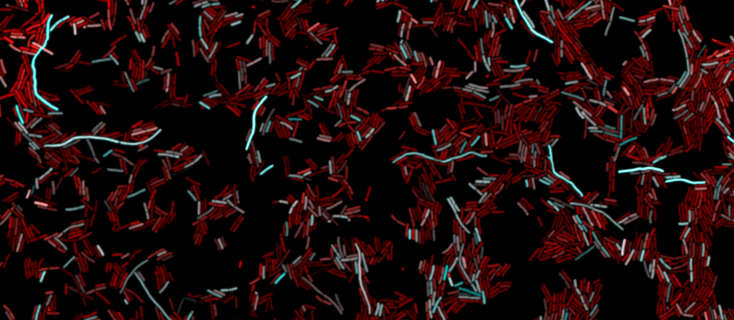Cell Biology by the Numbers at IBDM
About
This intensive week long mini-course explores the way that physical and mathematical models can be used to understand biological systems. The course begins by examining the way in which simple order of magnitude estimates can be used to provide insights into problems ranging from the fidelity of protein translation to how far a bird can fly without stopping to how amphibians arrive on oceanic islands. This is followed by the use of statistical mechanics to explore problems in regulatory biology. Some examples include the physics of post-translational modifications, how cells make transcriptional decisions and the precision with which embryonic development takes place. In addition to these topics, the course also involves a series of hands-on projects using Python to amplify the case studies discussed in class.
Where and When?
The course will take place from 4 November through 8 November.
Syllabus
| Date | Topics |
|---|---|
| 4 Nov. | A feeling for the organism. |
| We will test our biological intuition and use the principles of “street-fighting mathematics” to make testable estimates about biological phenomena. | |
| 5 Nov. | Diffusive dynamics. |
| Diffusion is biology’s null model of molecular motion. We will explore the dynamics and consequences of diffusion through coin flips and the master equation. | |
| 6 Nov. | Dimensionless Numbers and Scaling. Statistical mechanics. |
| Morning: Dimensionless numbers provide a way to compare the relative importance of competing effects. Afternoon: From ion channels to transcription factors, thermodynamics and statistical mechanics can be used to understand cellular physiology. | |
| 7 Nov. | The great probability distributions and their uses. Active matter and pattern formation. |
| Morning: The most important probability distributions explored through biological examples. Afternoon: A survey of active matter. Turing patterns. | |
| 8 Nov. | Continuum Theory and pattern formation pt 2 & Course Recap. |
| Morning: The continuum theory protocol, elasticity theory. Phase separation and membrane-less organelles. Afternoon: Recap of the course & final thoughts. |


